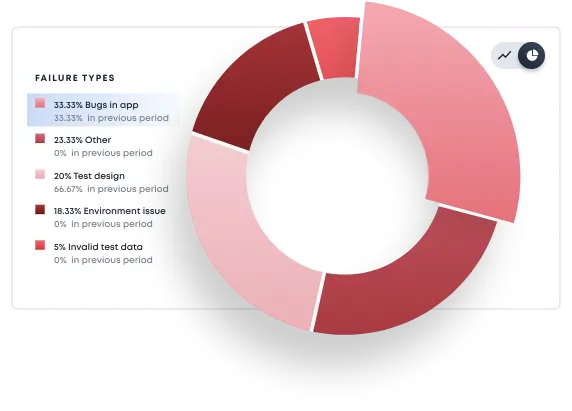Automate testing for all apps
Whether your app is native, hybrid with embedded web views, or built on the Flutter or React Native cross-platform framework, Testim Mobile makes it possible to automate tests where other approaches struggle.
Faster, easier testing for all your custom native, hybrid, and cross-platform mobile applications. Mobile app quality means the difference between growing your business or losing customers. With Testim Mobile, product development teams can automate mobile tests faster and entirely in the cloud using AI.
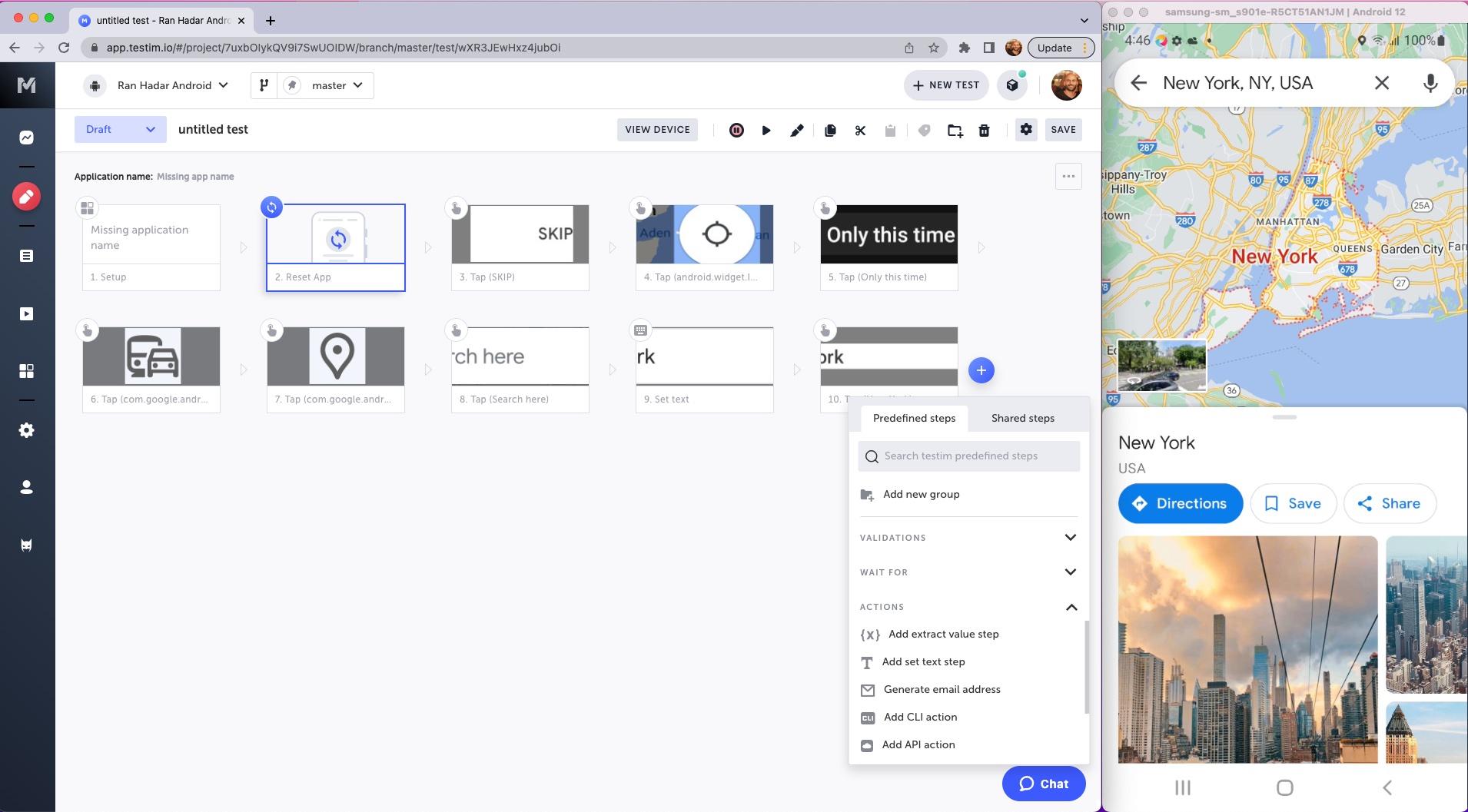
Testim Mobile is different because it uses proven, proprietary technology found nowhere else. Testim Mobile is able to understand how your application is structured to produce stable tests to achieve the quality you need.
With Testim Mobile you get all test automation components in one place. Test authoring connects seamlessly with test execution in the cloud out of the box with just a few clicks. There is no need to connect and integrate different tools or settle for incomplete solutions.
With Testim Mobile, product development teams can deliver high-quality custom mobile applications — fast.
Whether your app is native, hybrid with embedded web views, or built on the Flutter or React Native cross-platform framework, Testim Mobile makes it possible to automate tests where other approaches struggle.
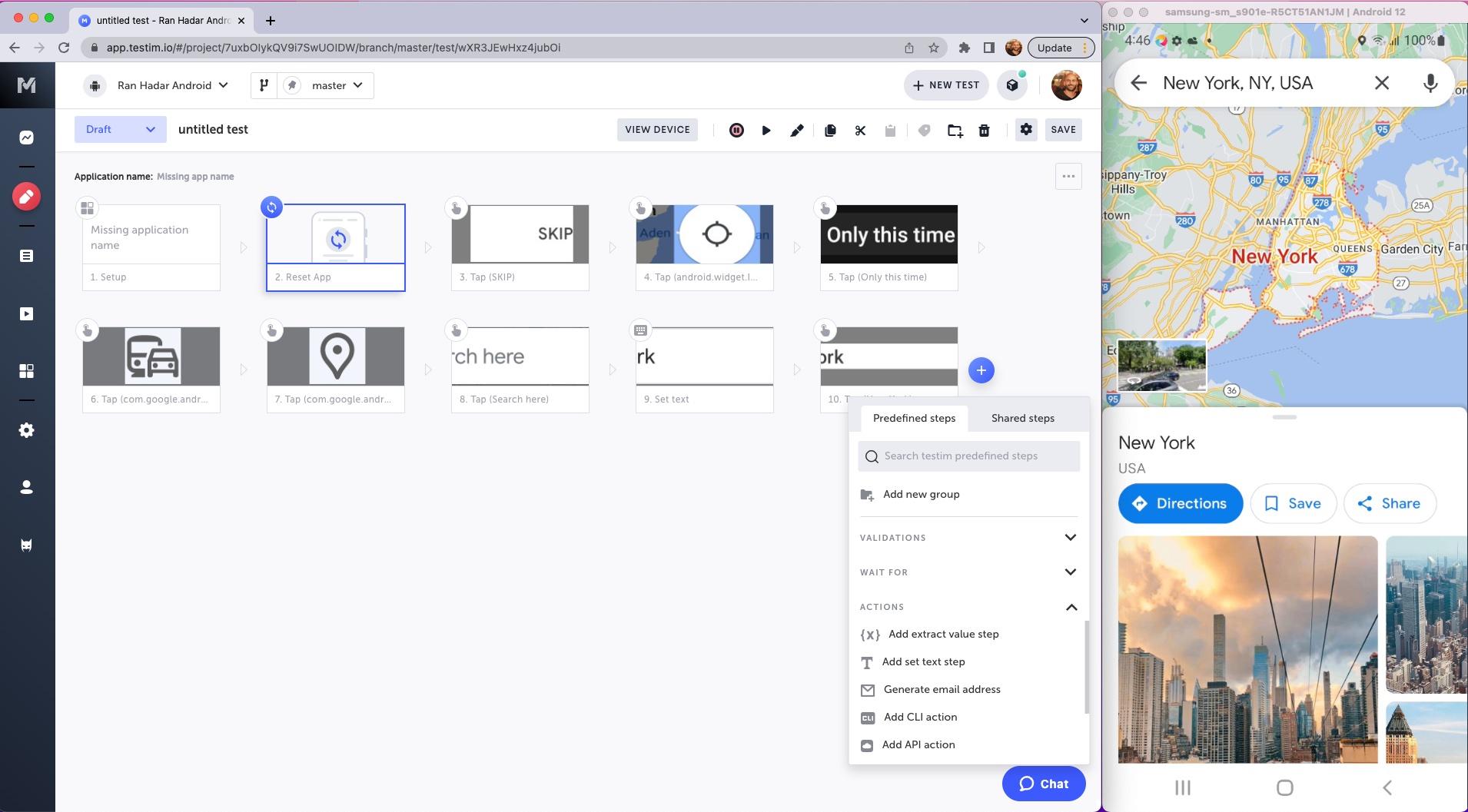
Author tests faster by recording tests as you click through your application. Find more application elements for unrivaled stability. Your tests keep working when apps change. Using proprietary technology, Testim Mobile understands your app structure for more thorough testing and better quality.
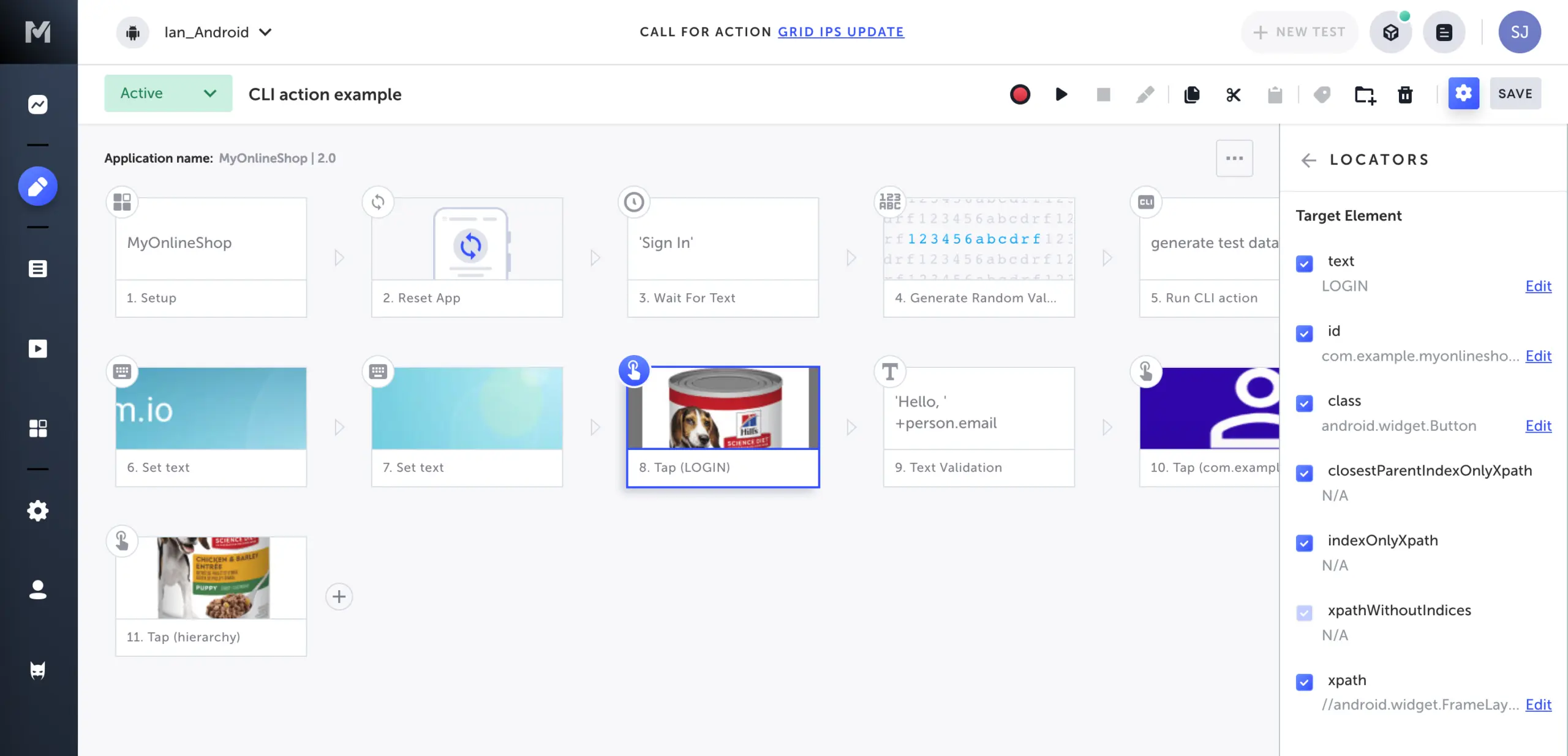
Simply take your application, load it into Testim Mobile, and start testing. Creating tests for custom mobile apps is easier and faster than you thought was possible.
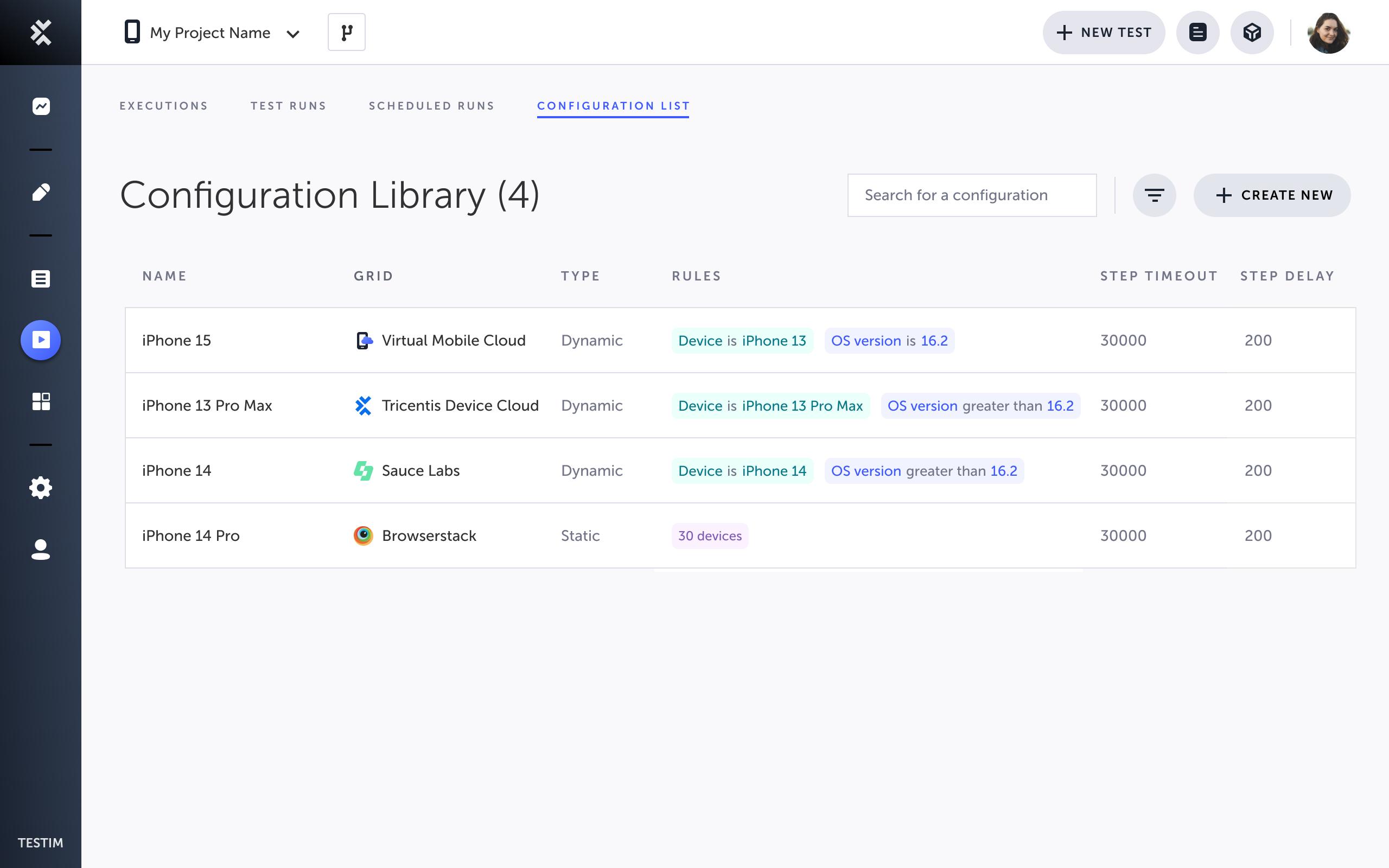
Testim Mobile connects fast, AI-powered test authoring with execution on our Virtual Mobile Grid, providing a wide range of virtual iOS simulators and Android emulators to author and execute mobile tests. Test each check in, gain coverage for more configurations, and identify bugs earlier.
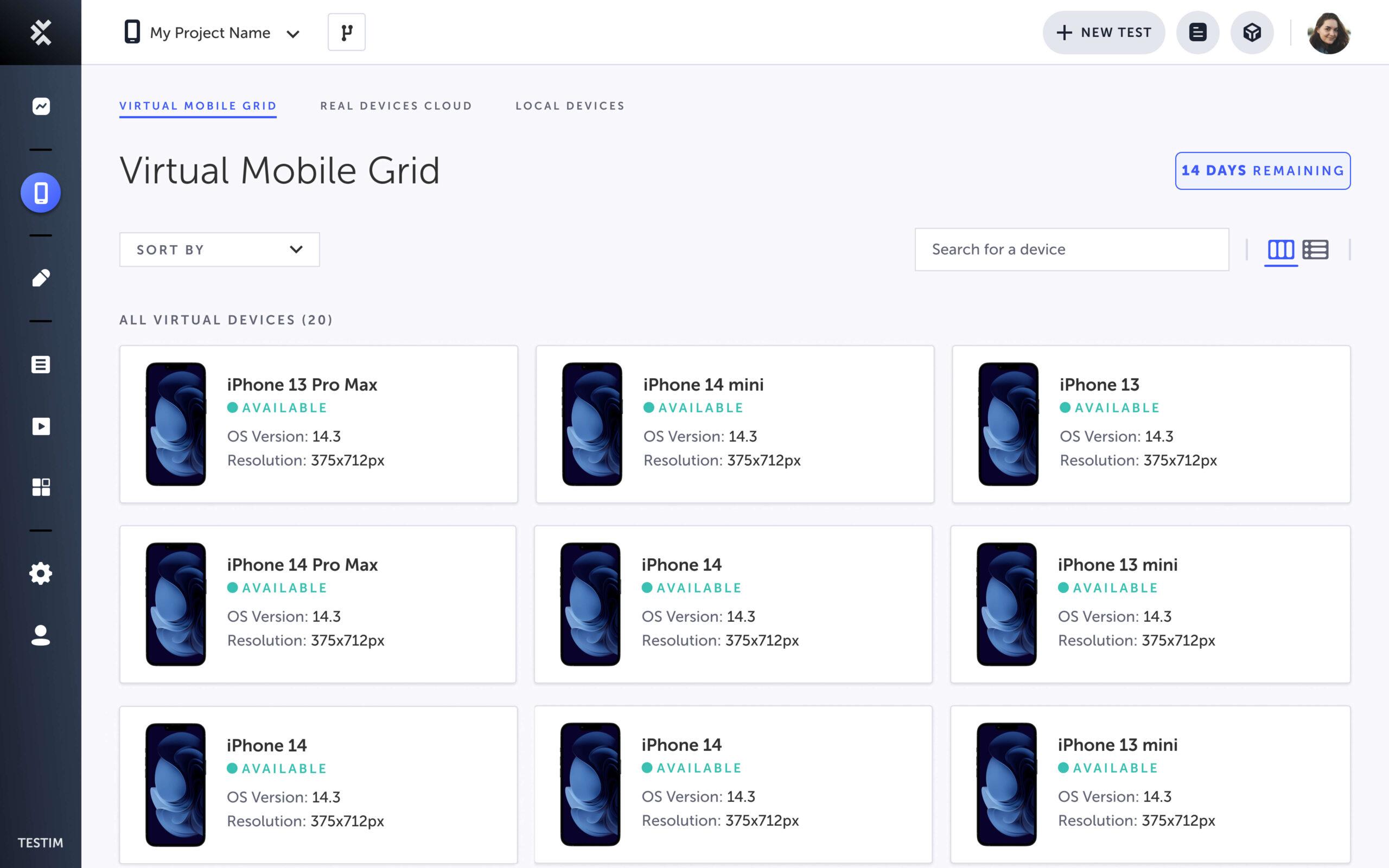
Organize tests and applications, control and manage changes, and run your tests with each release as part of your CI/CD pipeline to get quality feedback or gate releases based on the test pass or fail status.
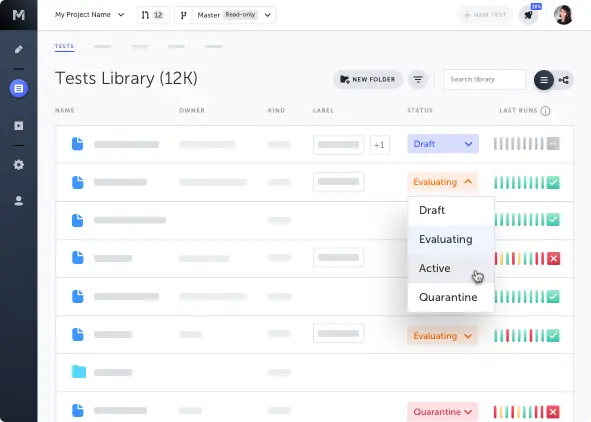
Dashboards and visualizations aggregate errors to make it easier and faster to diagnose failures, identify issues, and fix bugs. Gain even more information to drill deeper with console and network logs at each test step.
